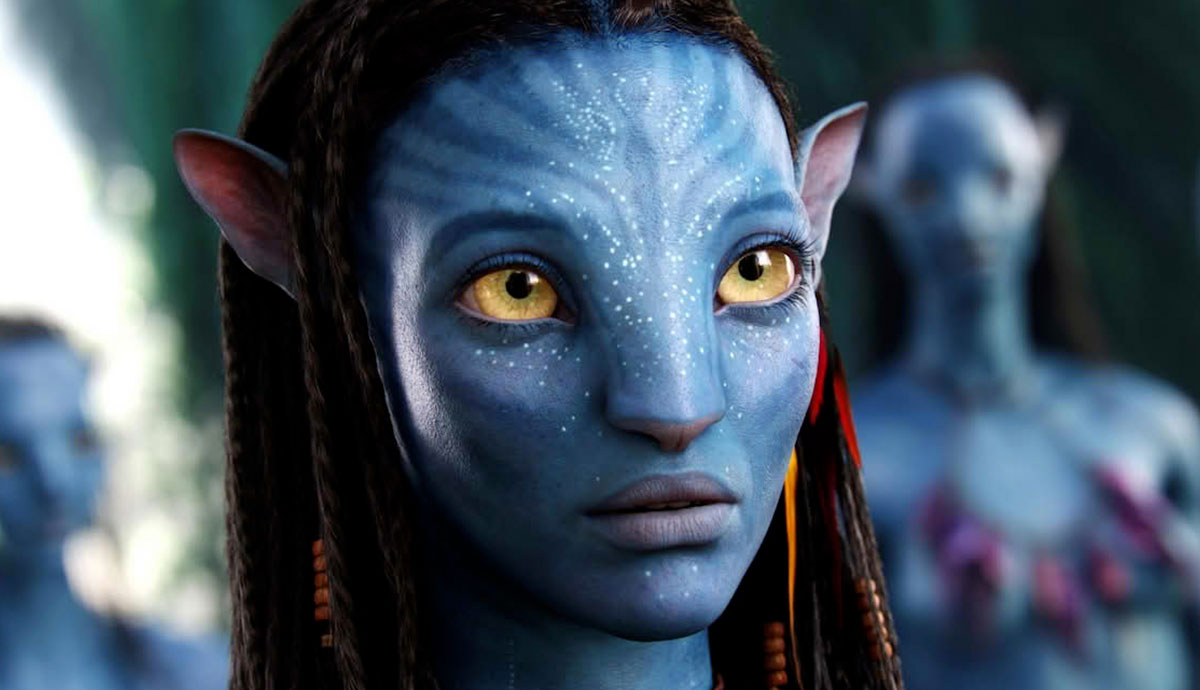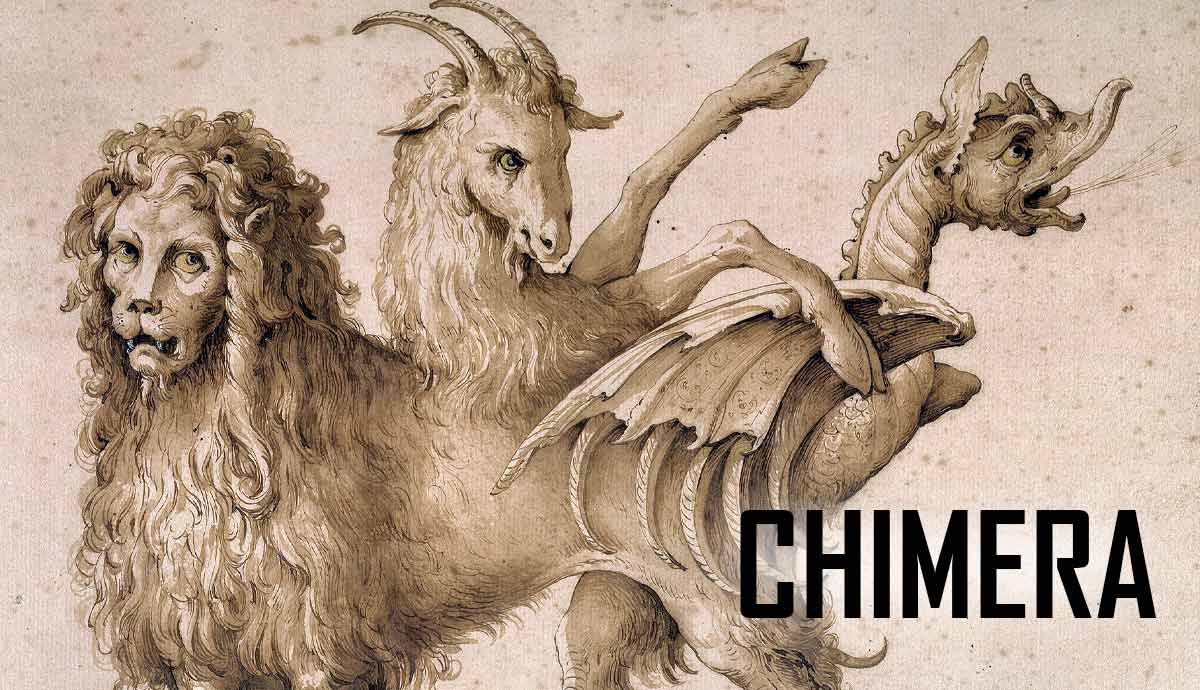
In 2009, James Cameron’s Avatar was released in theaters around the world and garnered critical acclaim as one of the most successful movies of all time. It introduced us to the world of Pandora, a mystical and sacred place, and a symbol of life itself. The visual spectacle was worthy of the many awards that it won with themes of interconnectedness, greed, and loss—themes that have been present in many films prior to and since, and ones that strike deep emotional chords with millions of viewers worldwide.
The Universal Archetype of the Sacred Planet Trope

The “Sacred Planet” theme tells of a world of ecological importance, imbued with divine spiritual energy, and which guides its inhabitants, who constitute part of its whole. It is revered as a living being, the Mother Earth archetype, who provides for all those who form part of its interconnected existence. The theme is drawn from real-world dynamics and connects to stories of native peoples struggling against colonial or corporate oppressors who want to exploit their lands. It is often told and retold through cinematic efforts, either depicting real events or, as in the case of Avatar and the moon of Pandora, relatable fiction.
The parallels between Avatar’s themes and the real world are legion. From the history of colonization and the plight of native peoples all over the world, to modern events of Amazonian tribes resisting loggers, or Native Americans protesting against oil pipelines being built through their territory. Cameron told the story of Avatar with a particular motive of being unsubtle about its message.
Bron Taylor, professor of religion and nature at the University of Florida, states that the story is one that is metaphorically true and shows how imperialistic motives destroy indigenous cultures and cause ecological damage.

In movies, the Sacred Planet is a popular theme, exemplified in many instances—such as Arrakis in Dune. In the case of Pandora, though, the planet (or moon in this case) is unmistakably alive. The popularity of these stories, both fiction and non-fiction, cannot be denied. They speak to a primal part of ourselves that wishes to feel a deep connection with nature—an unsurprising desire given our place in evolutionary history as hunter-gatherers for millions of years, living in harmony with the world around us. In this, the Na’vi represent a part of ourselves that existed many millennia ago, which the progress of civilization has suppressed.
In recent decades, the concern over the ecological impact our species has on the world has heightened awareness of environmental concerns and the need to restore balance.
Na’vi Culture and Eywa: The Deity of Pandora in Avatar

For the sentient beings who call Pandora their home, their world is more than just a place to live. It is their god, which they call Eywa. It is a part of them in mind, body, and spirit. More than just a god, Eywa exists as an embodiment of all the connected life on Pandora. Eywa is life and guides life itself. In this, the Na’vi are a part of the ecosystem and seek to live in harmony with it. There is a certain sentience also associated with Eywa, as she is able to coordinate all living things in the world, influencing them to work together to fend off dangers to the entire ecosystem.
And at the center of the story are sacred trees, which are hubs for spiritualism. The Tree of Souls is a monumental sacred site for the Na’vi, which mirrors the idea of sacred sites held dear by the Native American people.
Indigenous Representation and the White Savior Trope in Avatar

Much like the archaic portrayal of Indigenous Americans, the Na’vi fight to protect their god, the very representation of life, from the greed of resource-hungry forces.
In this, however, there are critiques that are negative as well as positive. Some charge the film with perpetuating the “Noble Savage” trope and presenting problematic representations of naivete among Indigenous peoples, along with the accusation that the film embraces the “White Messiah” trope. And while this may be true, there is the argument that these things were necessary to tell the story. Whatever the case, interpretations are open to generous debates that generate opposing views. Consensus will never be fully reached.

Avatar was an unbelievable achievement for all those involved, and skillfully promotes its message in no uncertain or unsubtle terms. As civilization, and specifically, corporations, consistently prove more and more of a threat to nature around the world, Avatar’s message is an important one that proves relevant and invaluable to modern societies.








